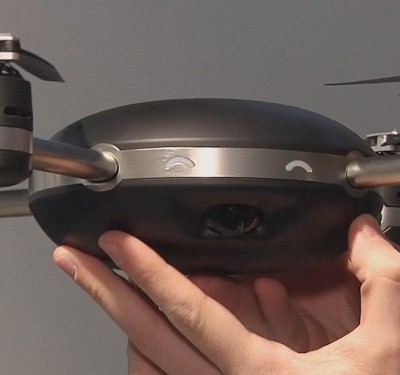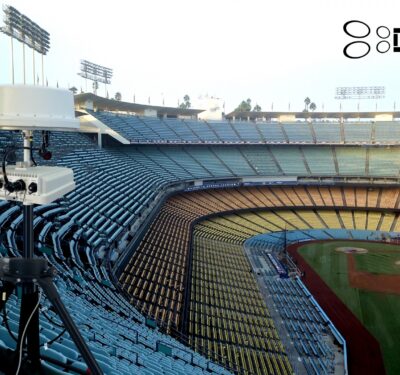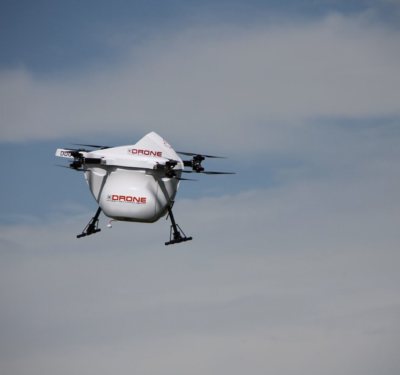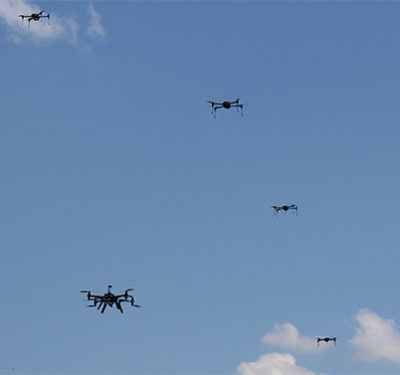
Researchers at the University of Texas at Arlington are leading a collaborative effort to determine the best ways to use unmanned aerial systems to remotely inspect highways and railroads. They also plan to develop guidelines for how to safely complete these inspections.
Civil Engineering Professor Anand Puppala will serve as the primary investigator on the two-year, $770,909 Texas Department of Transportation agreement, according to a news release. Teams from Texas A&M University-Corpus Christi and the Texas A&M Transportation Institute (TTI) also will contribute.
Puppala and his team will use UTA’s share of the funding, which is $388,000, to determine how drones can be used to perform remote sensing and to collect high-definition photos while conducting pavement forensics at the U.S. Highway 67 project site in Cleburne and at U.S. Highway 82 near Bell in Fannin County.
The UAS also will collect data on the condition of railroad tracks and crossings on a section of track in south central Texas. Texas A&M-Corpus Christi and TTI will develop procedural guidelines and best practices.
“It is safer and less expensive to use a UAV to check pavement performance characteristics because there is no need to close lanes and a person doesn’t have to be on the roadway or on active railroad tracks,” Puppala said, according to the release. “The high-resolution photos that we will receive will provide as much information as an instrument on the pavement. Another advantage is that we will be able to transmit data from the UAV to a computer and process images very quickly. We can then provide analysis within hours so TxDOT can make decisions immediately.”






